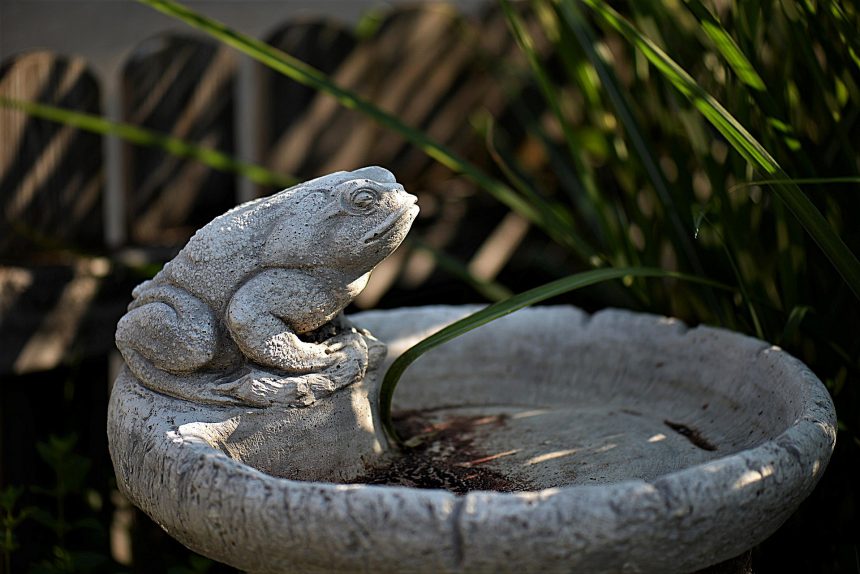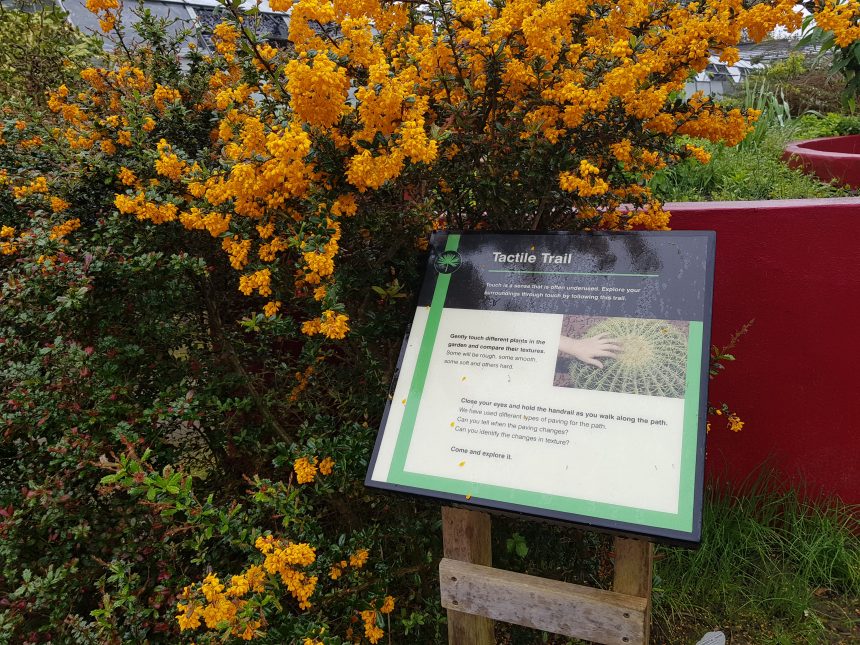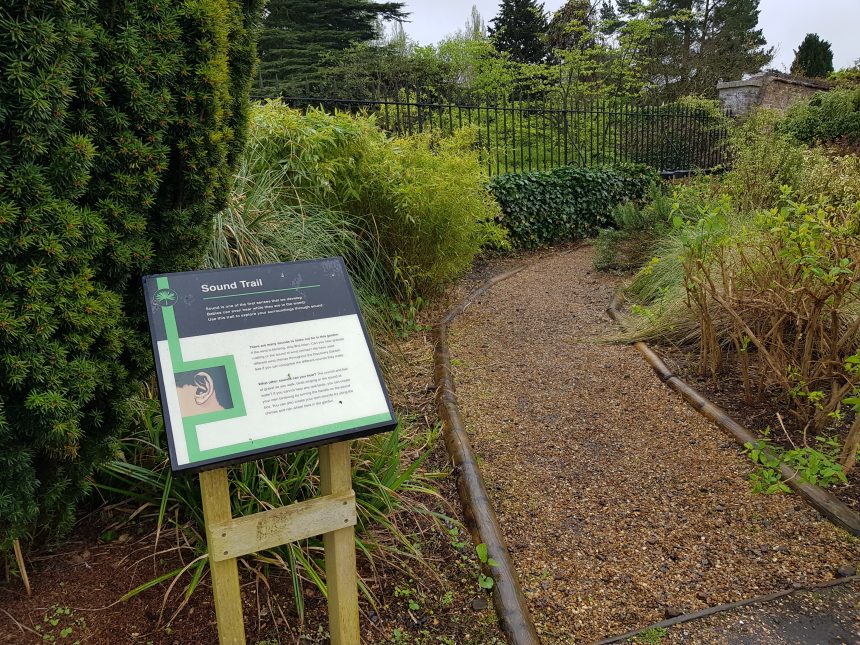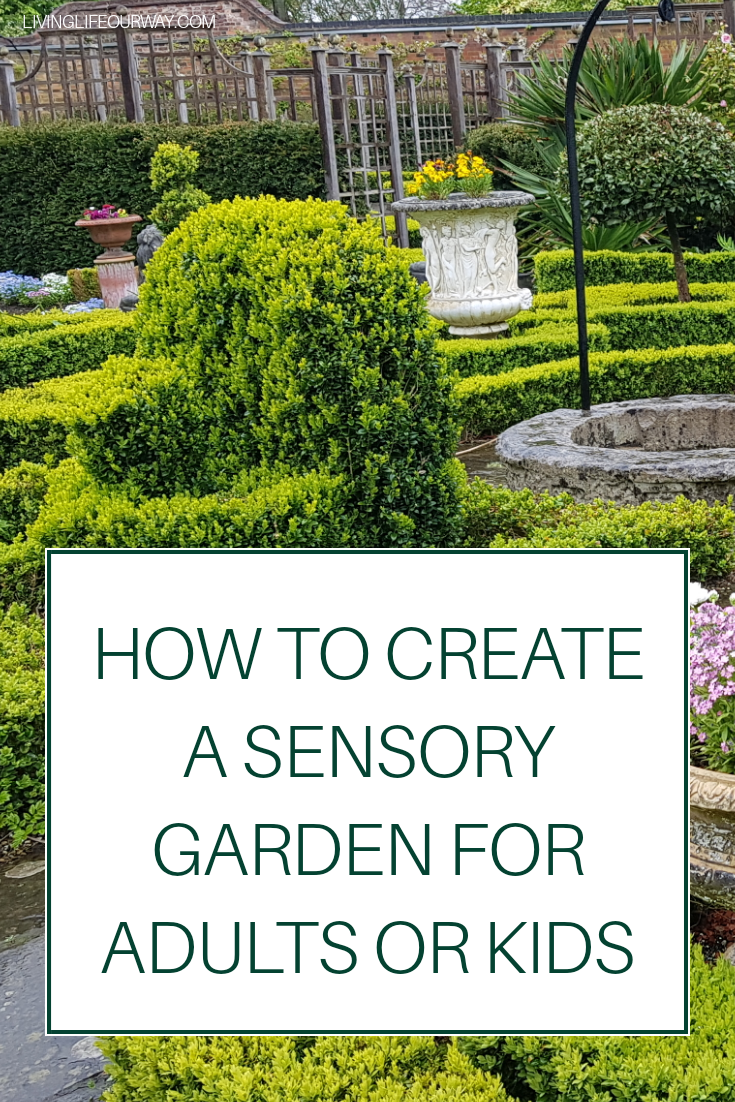What is a Sensory Garden?
A sensory garden is a specifically designed garden with a focus on sensual stimuli. Naturally, there are heaps of educational and recreational benefits to a sensory garden. Chief among them is the incredible range of therapeutic possibilities. Those with SEND especially tend to gain significantly from the experience.
A sensory garden can be designed to cover a general range of experiences, or cater to the individual needs of the occupiers. It might be filled with fragrant flowers that prompt childhood memories, the relaxing sound of a water fountain, braille hand-railing, or sensory play activities for younger individuals with autism. Infact, there are infinite possibilities in how you create your sensory garden, for kids and adults alike. Here are some options that I feel could help in your own design and creation of one…

Sight
When it comes to garden aesthetics, sensory or not, one of the principle design considerations is the visual component. In terms of plants, you should consider vegetation with visually interesting properties such as bright colours, unusual leaf and bark patterns and growing habits (climbing, creeping etc). Examples include sunflowers, swiss chards and heucheras. If looking to attract butterflies, daffodils, allium schubertii and candytufts are also excellent additions.
Clever use of coloured wood coupled with the plants and flowers are incredibly appealing to the eye. Other worthy inclusions are birdhouses/tables, rockeries and bug hotels. Another consideration are exterior art features. Outdoor mirrors also do well with kids.
Smell
Scientific research has concluded that there is a direct correlation between scent and memory. So, it is no surprise that horticultural therapy is frequently offered as a treatment option for memory conditions. However, for many of us, the right smells in the right environment can be incredibly relaxing. Some highly aromatic plants include lavender, honeysuckle, jasmine, or sweet pea, as well as herbs and spices.

Tactile
One of the more fun areas to play with is touch! Houseleek, moss and lamb’s ears are all excellent plants. Trees vary greatly too; some have smooth bark (like cherry trees) whereas others like oak or sugar maple have a rough texture to them. For the kids; there are sand pits, mud kitchens, water trays or even pools you could consider.
Taste
When it comes to taste, the best option is to fall back to nature. Fruits, veggies, spices and herbs are all tasty, tempting sensual delights for all ages. Growing strawberries, grapes, alpine, beetroot, parsley and sage are all fantastic options well worth exploring.

Sound
In order to stimulate hearing, you could add a jumbo-sized xylophone for play, a water fountain, gravelled pathing or wind chimes. Another potential option is bamboo stems which make a satisfying noise as the wind passes through.
Vestibular
Having some kind of garden swing provides vestibular input. This could be a playground style swing, swing chair, or hammock. Hammocks are lovely and relaxing; you don’t need trees or posts to benefit from one in your garden, hammock stands can be purchased separately and do the job well. Whatever type you choose, the gentle swinging motion provides great vestibular sensory input and is an asset to any sensory garden!
For tips on creating your sensory garden in an eco-friendly way, read this post about how to make your garden greener by Emma Reed.
*This is a collaborative post


What a wonderful post. The most simplistic of things can make such a difference to children and adults.
This is fabulous, some really good ideas for the garden